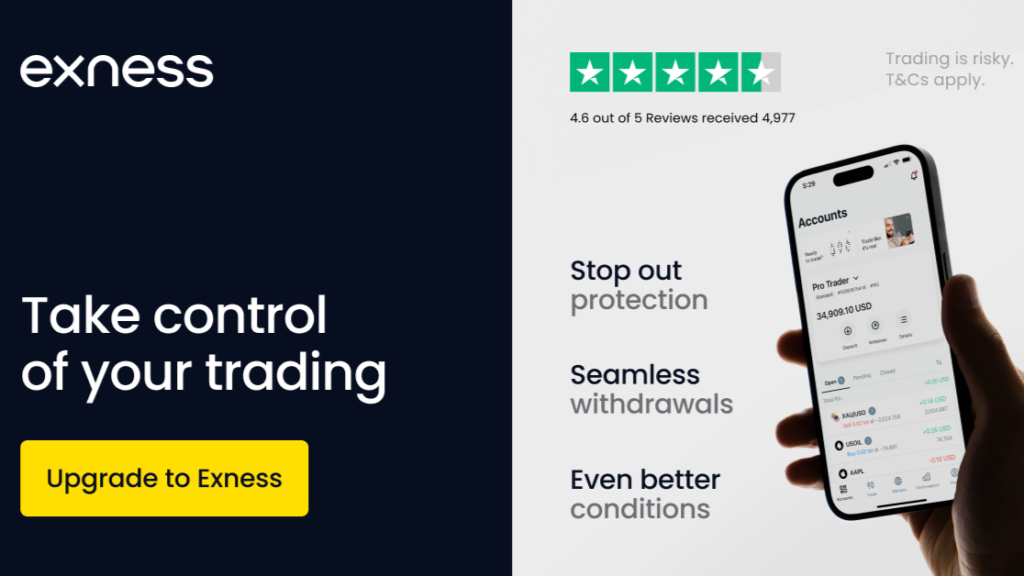## The Shifting Sands of Consumer Confidence: A March to Uncertainty
March’s economic winds brought a noticeable chill, leaving consumers feeling less optimistic about the future than they did just a month prior. A palpable shift in sentiment has swept across the nation, replacing the tentative hopefulness of previous weeks with a more cautious, even pessimistic outlook. This downturn isn’t a sudden plunge, but rather a subtle erosion of confidence, hinting at a potentially more significant economic shift on the horizon.
Several contributing factors seem to be coalescing to create this atmosphere of uncertainty. Inflation, while showing signs of cooling, remains stubbornly persistent. The cost of everyday essentials – groceries, gasoline, housing – continues to pinch household budgets, forcing many to make difficult choices between necessities and discretionary spending. This constant pressure is taking a toll, eroding the feeling of financial security that fuels consumer spending and overall economic growth.
Beyond the lingering effects of inflation, the looming threat of potential recession weighs heavily on the minds of consumers. While experts offer a range of predictions, the very possibility of a significant economic downturn is enough to prompt caution. People are less likely to make large purchases – new cars, homes, appliances – when uncertainty clouds the future. This hesitancy to spend is a significant drag on economic activity, creating a feedback loop that can exacerbate existing economic woes.
The job market, while still relatively robust, is also contributing to this shift in sentiment. While unemployment remains low, the pace of job creation has slowed in some sectors. Coupled with reports of layoffs and hiring freezes in others, this fuels anxieties about job security. The fear of losing a job, or of struggling to find a new one, is a potent inhibitor of spending, prompting people to save more and spend less.
Furthermore, the ever-changing landscape of interest rates plays a significant role. While higher rates aim to curb inflation, they also increase borrowing costs. This makes it more expensive to finance large purchases like homes and cars, further dampening consumer demand. The ripple effect is felt across various sectors, from housing to retail, as consumers adjust their spending habits to account for the increased cost of credit.
This shift in consumer sentiment is not simply a matter of individual feelings; it has profound implications for the broader economy. Consumer spending accounts for a significant portion of GDP, making consumer confidence a crucial indicator of economic health. A decline in confidence directly translates to a decrease in spending, which in turn can lead to slower economic growth and potentially even a recession.
Looking ahead, the coming months will be critical in determining the trajectory of consumer confidence and the overall economy. Whether this current downturn is a temporary blip or the prelude to a more significant economic contraction remains to be seen. The actions of policymakers, the persistence of inflation, and the evolution of the job market will all play a crucial role in shaping the economic landscape and influencing how consumers feel about their financial futures. For now, a cautious optimism, tempered by a healthy dose of realism, seems to be the prevailing sentiment.



Leave a Reply